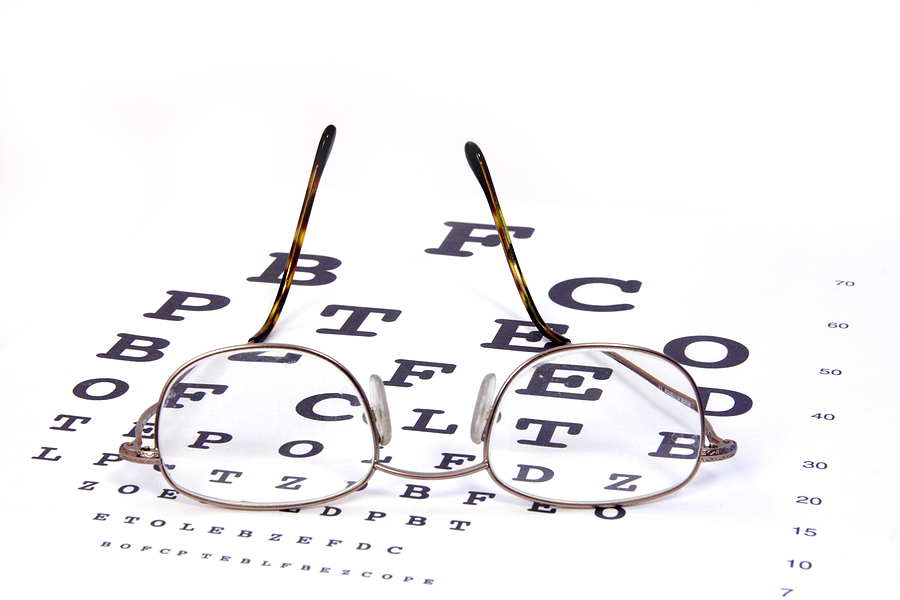World Sight Day is on October 8th, and according to the International Agency for the Prevention of Blindness (IAPB), it is an annual day of awareness held to focus global attention on blindness and vision impairment. To raise awareness in our community, I’ve decided to share with you seven facts about blindness that you might not know.
- Blindness and visual impairment don’t discriminate between genders. Both men and women have about the same chance of needing corrective lenses or going blind during their lifetime. Men make up 45% of visually impaired people, while women make up 55% of them.
- Around 30% of the world’s population is nearsighted. Myopia is another term for nearsightedness. Nearsightedness usually develops during childhood. If the eyeball is too long compared to the focusing power of the eye’s cornea, it causes the eye to focus on light in front of the retina. This causes blurry, unfocused vision when a person is looking at things that are farther away. It can usually be corrected with lenses and/or contacts, but not everyone has access to these resources.
- By 2050, it’s projected that 50% of the global population will be visually impaired. Cases of myopia are multiplying at an alarming rate. While it is already the most common form of vision impairment in people under 40, it will soon be even more prevalent.
- Those living by some rivers are more likely to contract a disease commonly known as “River Blindness.” Onchocerciasis, commonly known as “river blindness,” is a disease that is caused by a parasitic worm. This disease is mostly found in Mexico, South America, and Africa. The good news is there is an effective treatment available called Mectizan (Ivermectin). This medication kills the worm before it can affect a person’s sight, and with enough Mectizan, blindness caused by this disease could be eradicated.
- Cataracts are the leading cause of blindness in the world. According to the WHO, cataracts cause far more than cloudy vision. If left untreated, this condition caused by a build-up of protein in the eye can lead to vision impairment and blindness.
- Up to 80% of all blindness is preventable. According to the charity Light for the World, most cases of blindness could be prevented with early medical treatment, routine operations, or by other prevention and education measures.
- Your vision directly affects your quality of life. No matter how old you are, where you live in the world, or how you make a living; your ability to see governs how you live. Those who are blind and live in communities with very few resources to help them will inherently have a lower quality of life than those who have access to glasses.
The IAPB is a great resource for more information on vision impairment around the world, as well as information about how you can make a difference. You should also fight preventable blindness in your own family by making an appointment with your eye doctor today!







